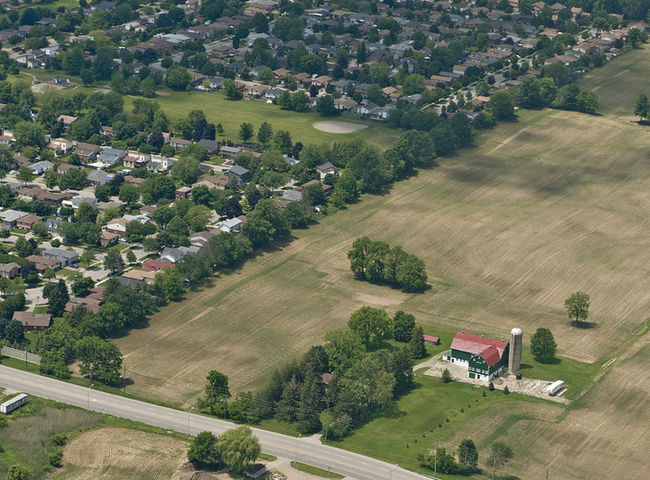Some people might argue there is a clear divide between rural and urban communities, but a new poll suggests this is not the case. As it turns out, urban- and ruralites share common concerns, and exist in a closely tied symbiotic relationship. A weeklong survey, led by the Rural Ontario Institute posed questions about the environment, infrastructure, and employment to farmers and non-farmers. Anyone who believed they have a stake in a rural community was able to respond to the survey and bring concerns forward to candidates in the upcoming election.
Survey questions highlighted the connection between urban and rural Ontario. Questions included prioritizing efforts to improve local water and sewage systems, roads and bridges, and provincial highways, and future employment opportunities. At a first glance, these issues seem fairly regional. However, if you simply consider that a major role of infrastructure such as like highways is to connect cities to towns, you can see they are anything but regional. Future employment in rural areas means more people will stay in these areas, resulting in fewer people cities must bear. Other issues such as climate change and invasive species reach across city and town lines and affect people on a global scale.
The results of the June 12 election will profoundly impact Ontario. It’s in the best interests of residents to know how each party plans to address concerns. Rural and urban areas need each other for food, fuel, technology and more. Suggesting these issues are “rural†is short sighted. For complete survey results, visit http://ruralontarioinstitute.ca/.



